Dhoom Streatery & Bar in Dunfermline isn’t just an Indian restaurant – it’s a culinary passport.
It’s known for its vibrant interiors and menus that take diners on rotating regional food tours across India, it has become one of Scotland’s most celebrated restaurants.
This year alone, chef and owner Daneshawar Prasad claimed Chef of the Year at The Courier Food & Drink Awards, while Dhoom itself took home the coveted title of Best Indian Restaurant in Scotland at the Scottish Curry Awards.
Having always been dazzled by the colourful tapas-style plates (a full tasting journey typically lands at around £30), I was curious: what’s the secret behind the bold flavours and polished presentation?
So, I went behind the scenes into the bustling heart of Dhoom’s kitchen to cook alongside chef Prasad and his team.
The welcome was as warm as the spice-laden air. I’d requested fish over meat, so Prasad generously created a new version of one of his signature dishes – tandoori salmon – while also preparing a Punjabi chicken dish.
Both were destined for future menu stardom.
Testing a brand new dish
The magic, I learned, starts long before anything hits the pan. The salmon is first marinated in ginger-garlic paste, oil, black pepper, lime juice, and salt for half an hour.
Then comes a second, more indulgent marination in a paste of roasted gram flour, coriander powder, garam masala, cumin, Deggi Mirch (a blend of red capsicums and Kashmiri red chilli), chaat masala, and vegan cream.
Resulting in a deeply flavoured coating that soaks in overnight. The salmon needed just 10 minutes in the oven. The chicken took longer, but both emerged glistening and aromatic.
Dhoom’s commitment to accessibility is notable: most dishes are gluten-free, dairy-free, and nut-free, yet nothing feels like a compromise. Want dairy? Just swap in the equivalents – nothing’s lost in translation.
Drama in the dal
While the meats baked, Prasad shifted his focus to dal – a dish I often make at home, but this version was something else entirely.
Made from a five-lentil blend including chana dal, kidney beans, black gram, masoor dal, and moong dal, it was earthy, rich, and complex.
The drama unfolded as we moved to the tempering stage. Flames shot up from the hot pan as whole red chilies, cumin seeds, and mustard seeds hit the oil – just inches from the chef’s face. But Prasad didn’t flinch.
He calmly stirred in ginger, garlic, onions, and finally tomatoes, before folding the vibrant mix into the softened lentils. It was a lesson in calm under fire – literally.
Tasting the dal later, I was struck by its layered depth and hearty goodness – far beyond my usual one-lentil attempt at home. I’m now a convert to the multi-dal approach.
The secret sauce
What truly elevated the salmon was a delicious coconut-based sauce Prasad served on the side.
A blend of mustard seeds, red chillies, curry leaves, onions, turmeric, coconut milk, vegan cream, butter, and a final hit of lime, it was tropical and tangy with just enough heat.
I begged for the recipe, and to my delight, he shared it.
This sauce wasn’t just a backdrop; it was a scene-stealer. Paired with the perfectly tender fish, it created a rich, fragrant dish I haven’t stopped thinking about since.
Prasad thought the salmon needed tweaking – it was, in his words, a little dry – but I found it flawless: soft, infused with flavour, and expertly balanced.
Chapati cooked on flames
Then came one of my personal highlights: the chapatis. Though I’m now gluten-free, I used to prefer them to naan – simpler, earthier, with that soft, slightly oily texture perfect for scooping up dal.
Watching the dough (just whole wheat flour, water, and salt) being rolled into balls and then cooked was amazing. But it wasn’t Prasad or his sous chef who took over – it was his wife Geeta Jakhmola, who swept into the kitchen in a riot of colourful fabric.
With expert hands, she finished each chapati directly over the flame, puffing them up like balloons.
It was a small theatrical moment that echoed countless home kitchens in India, and photographer Steve, who was lucky enough to try one, confirmed they were every bit as delicious as they looked.
Tasting the food
As we sat to taste everything – tandoori salmon, Punjabi Makhani Kukkad (makhani, I learned, means “sauce” in Punjabi), dal, chapatis, and fluffy rice – I reflected on just how different Dhoom is from your typical Indian restaurant.
The menu isn’t static. It evolves regularly, each iteration rooted in a specific Indian region. And the dishes aren’t ones you’ll find in your average curry house – they’re carefully researched, often family-inspired, and brought to life with authentic spices shipped from India.
One particularly striking ingredient was the bright red Kashmiri chilli powder. “It’s not too spicy,” Prasad explained, “but it gives great flavour and colour.” It’s emblematic of his philosophy: bold, but balanced.
More than just dinner
Behind the colour, the music, and the cocktails, there’s serious craft. The plating is precise. The spice blends are thoughtful. The marinations are long and deliberate.
This isn’t just a curry – it’s Indian food elevated, while still being inaccessible.
Chef Prasad says that while he keeps the heat levels lower than he might have at home, even he no longer eats bowls of whole chillies like he used to.
“As I get older, I can no longer cope with the same amount of spice. So I don’t eat the whole chillies anymore,” he says.
I left with my notebook full, my stomach fuller, and my head buzzing with inspiration. Though, I suspect I’ll never quite recreate the dishes as chef Prasad can.
Thankfully, I can always book a table at Dhoom.
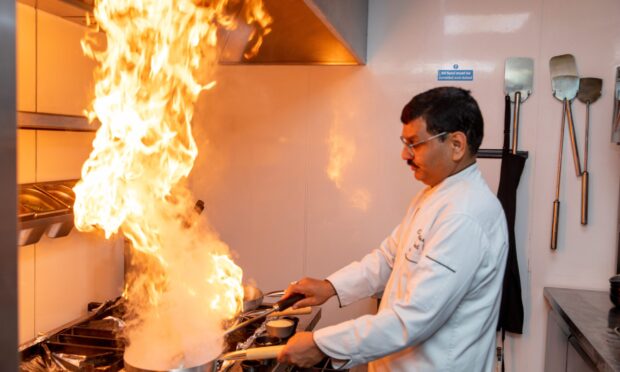
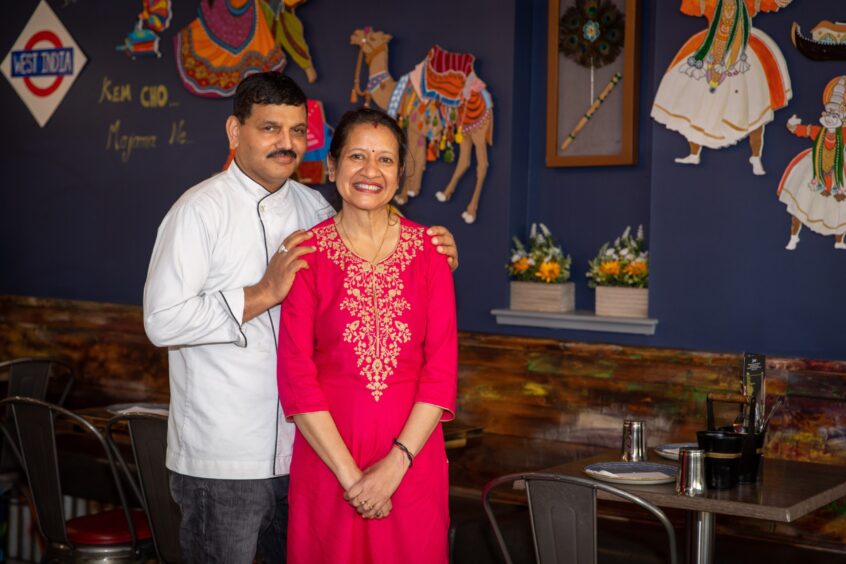
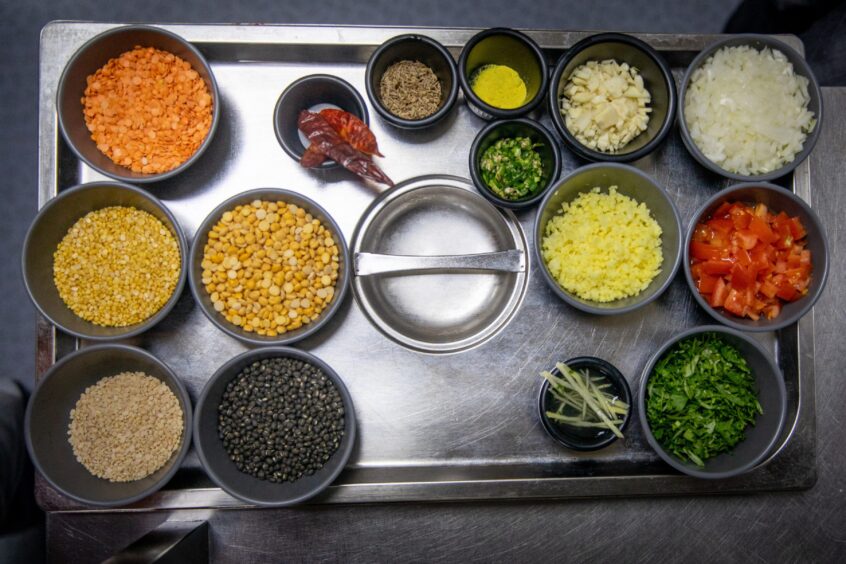
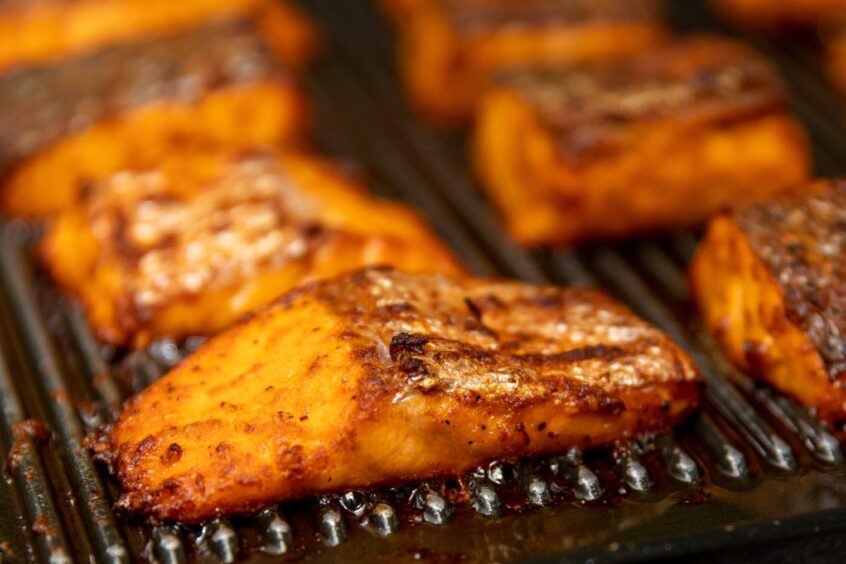
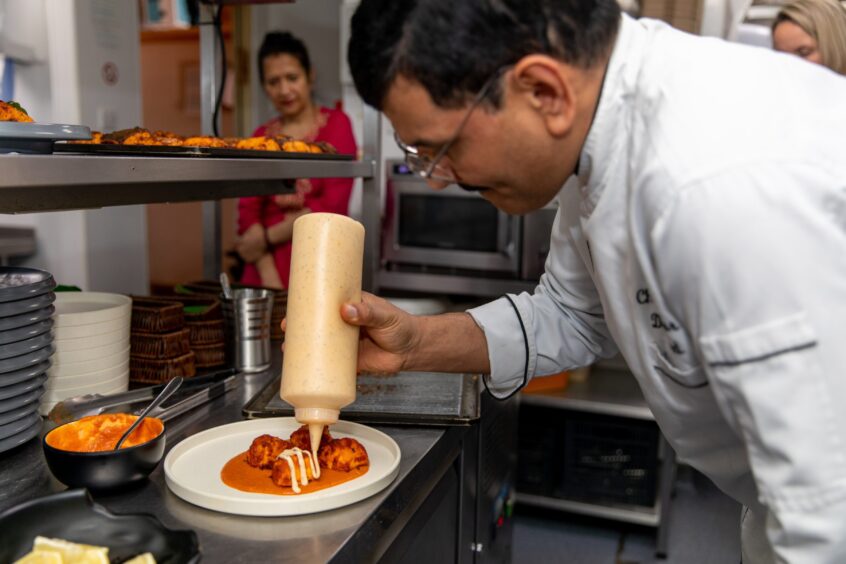
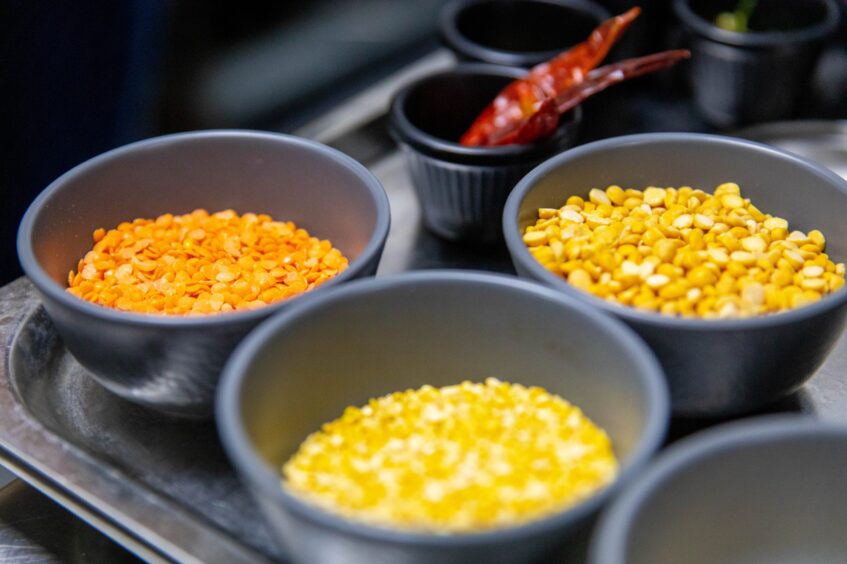
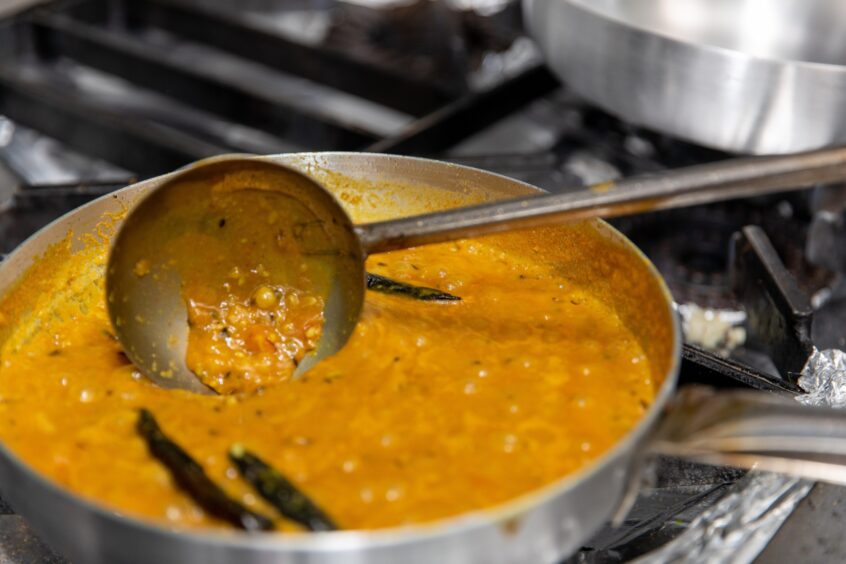
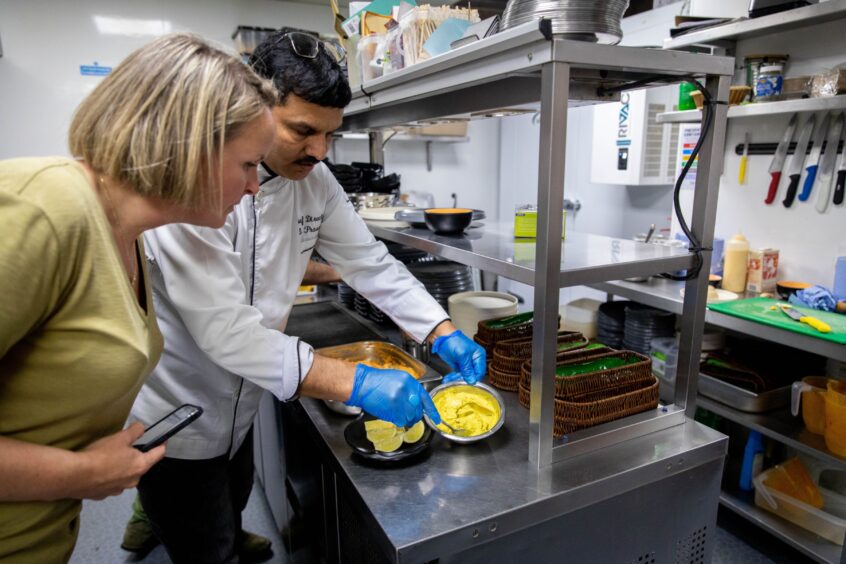
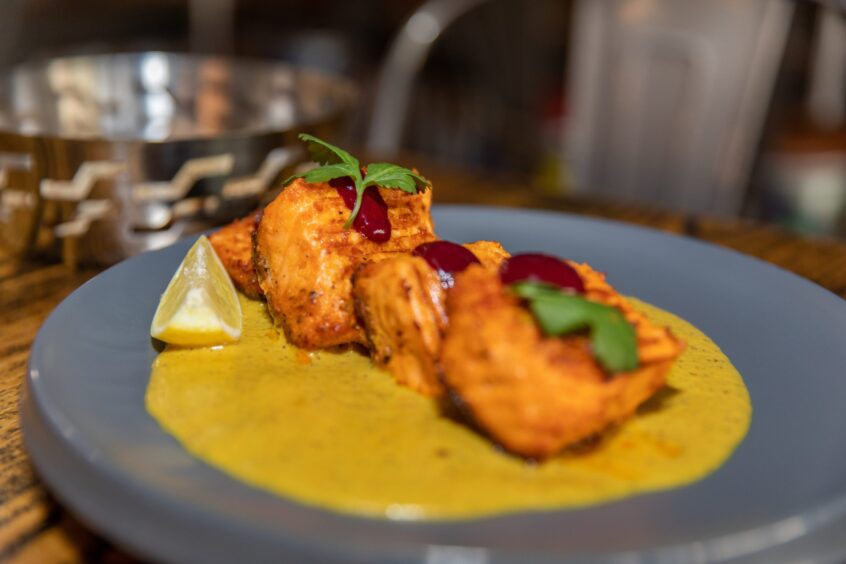
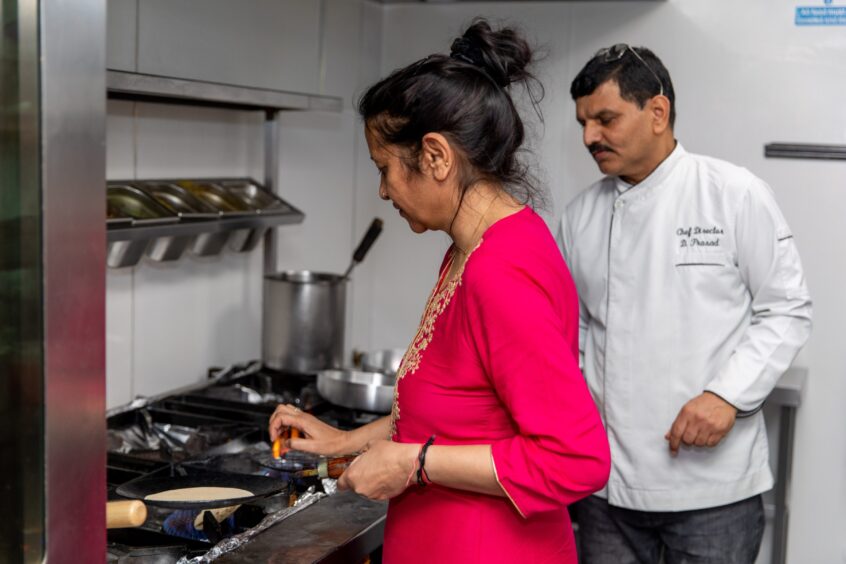
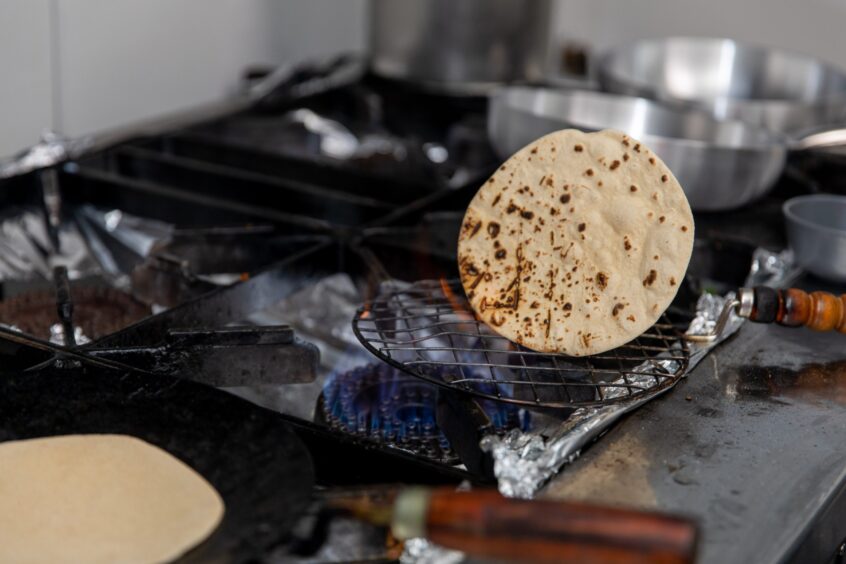
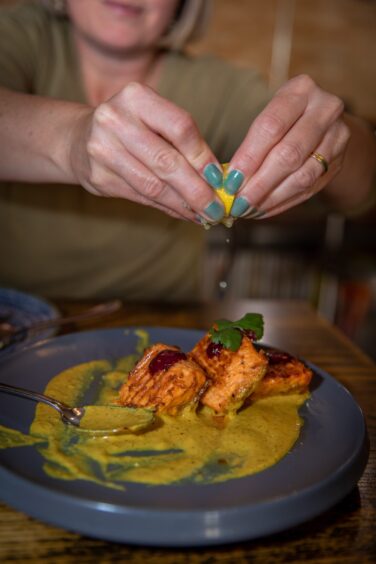
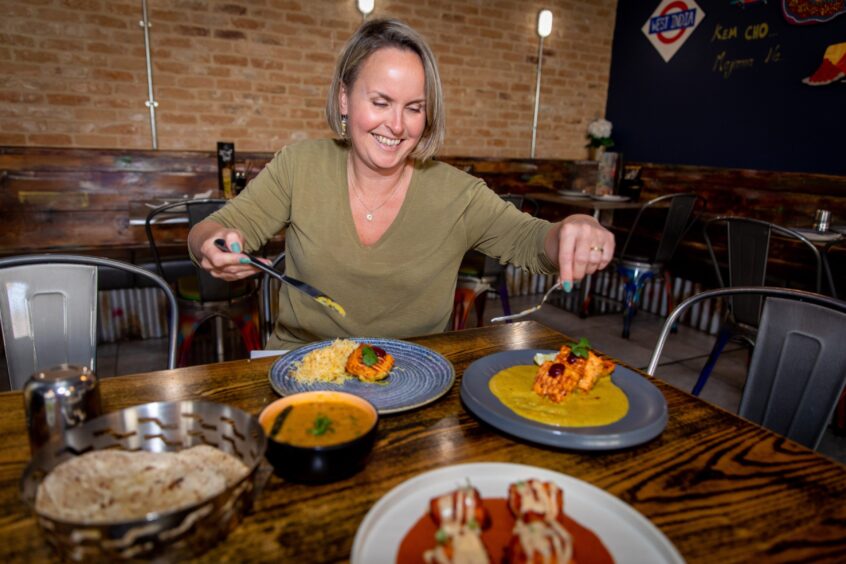
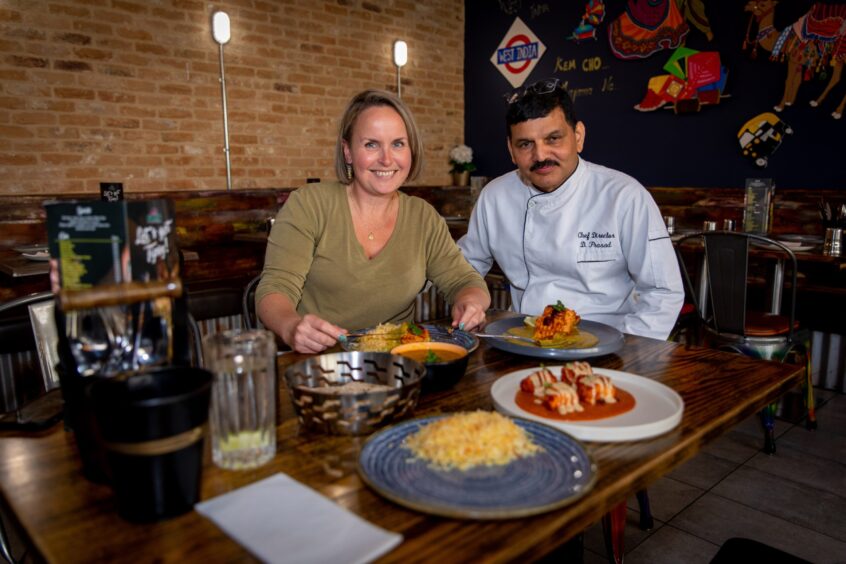
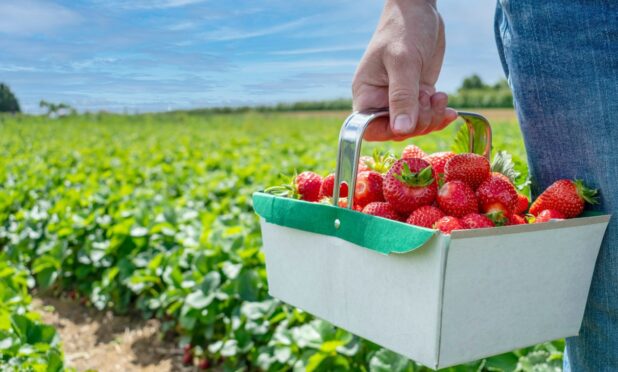

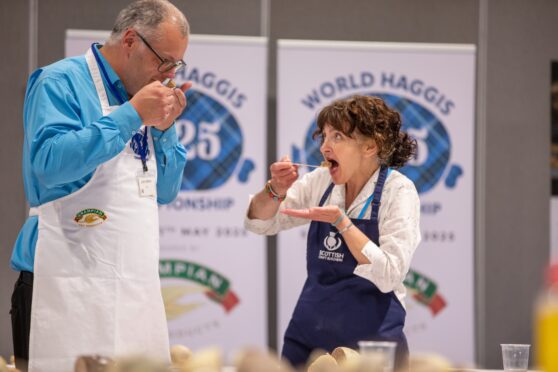
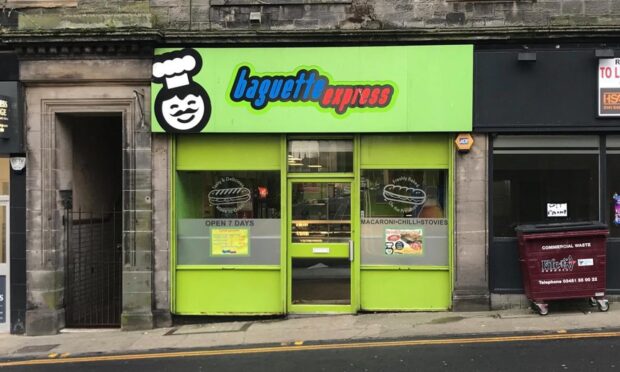
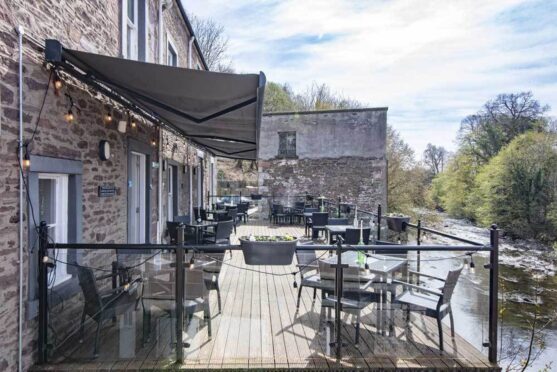
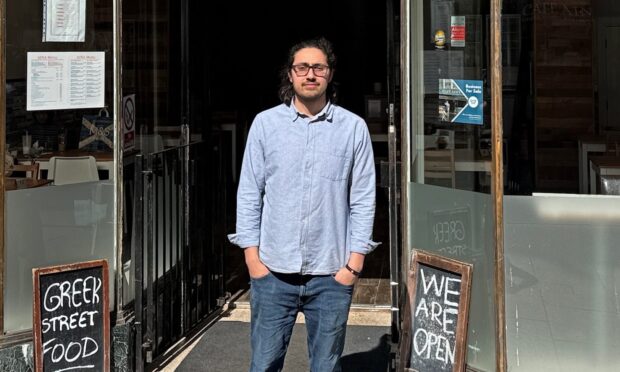
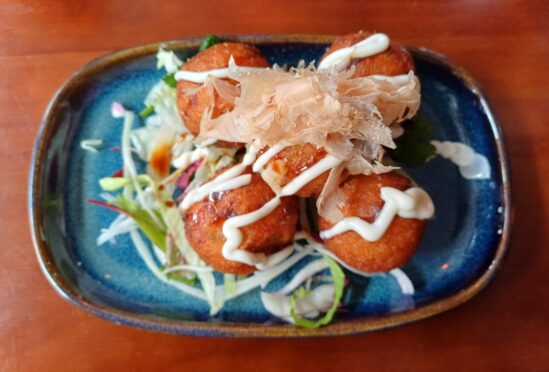
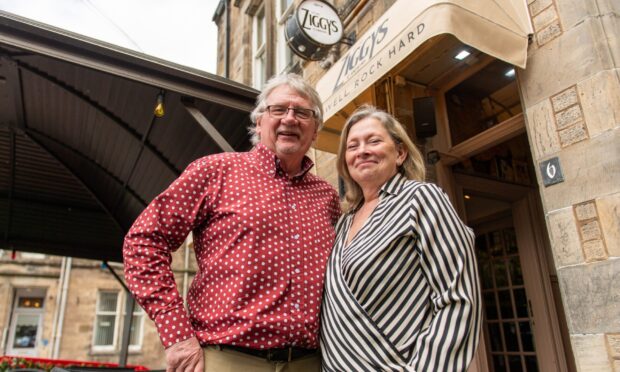
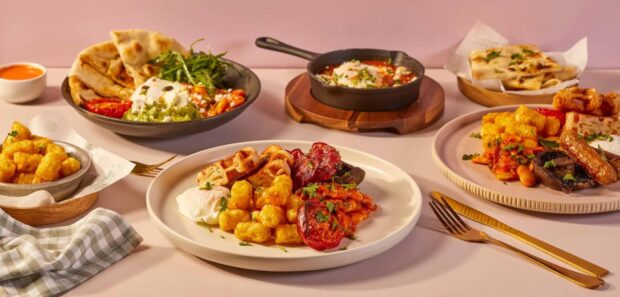
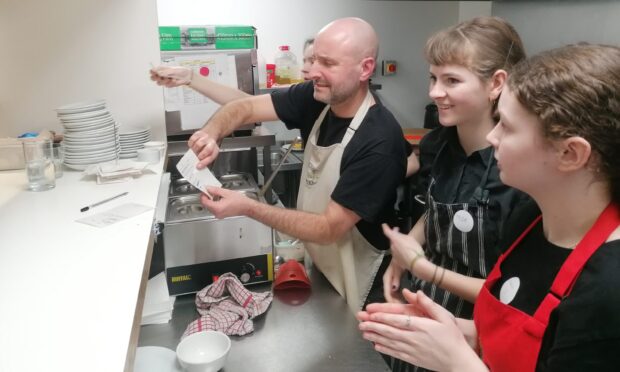
Conversation